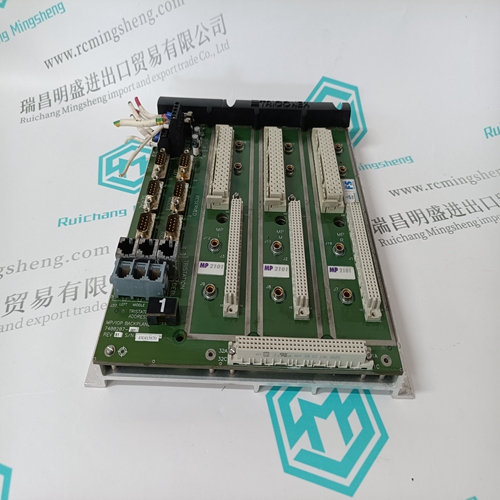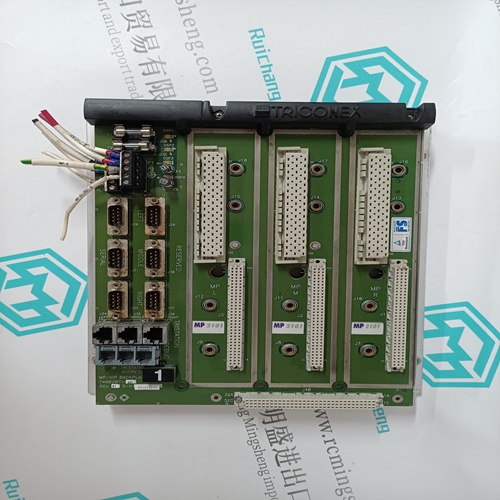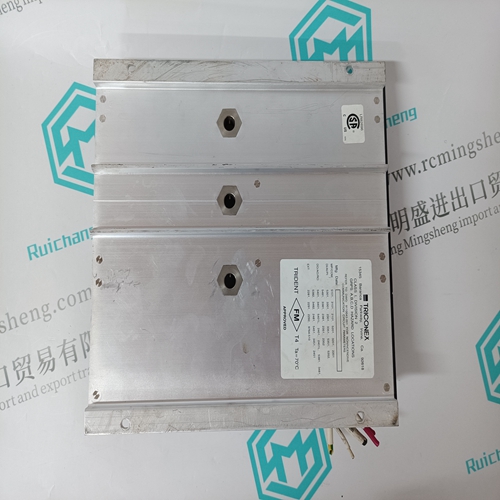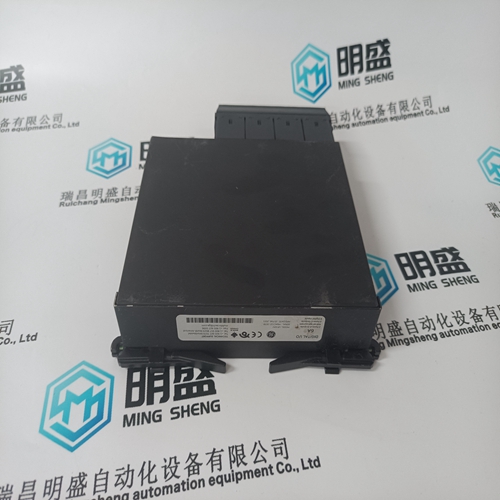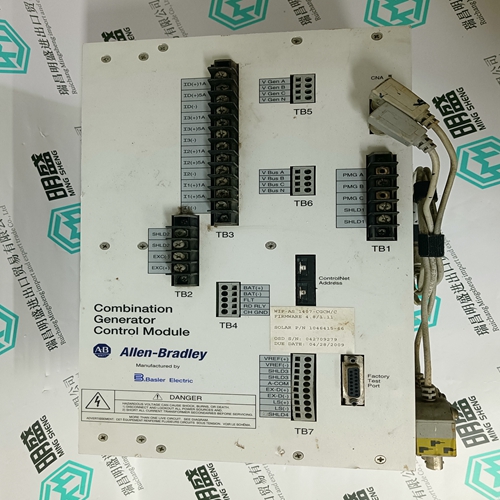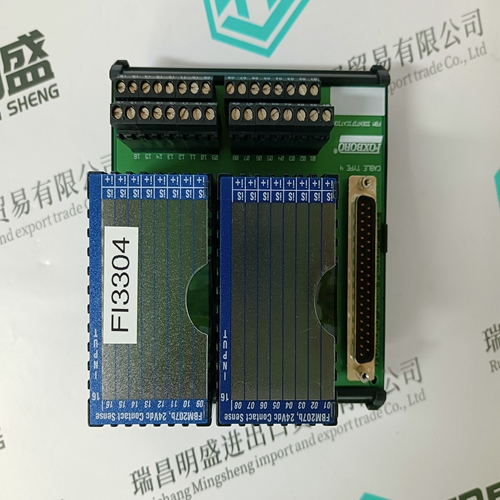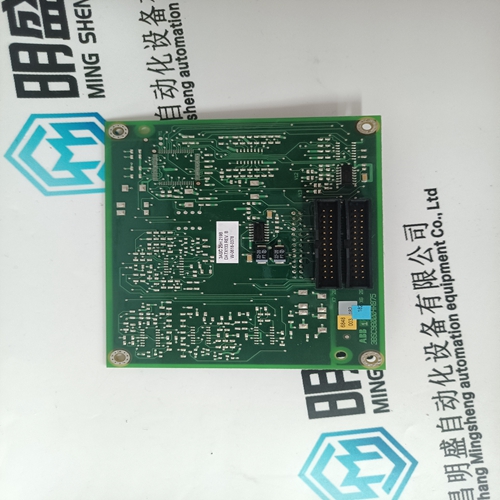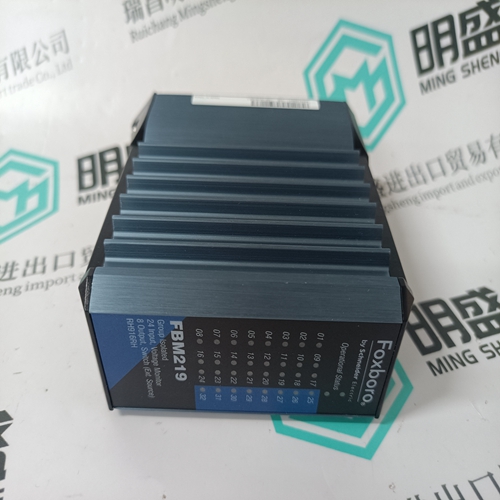Home > Product > DCS control system > TRICONEX MP2101 base card
TRICONEX MP2101 base card
- Product ID: MP2101
- Brand: TRICONEX
- Place of origin: The United States
- Goods status: new/used
- Delivery date: stock
- The quality assurance period: 365 days
- Phone/WhatsApp/WeChat:+86 15270269218
- Email:stodcdcs@gmail.com
- Tags:TRICONEX MP2101base card
- Get the latest price:Click to consult
The main products
Spare parts spare parts, the DCS control system of PLC system and the robot system spare parts,
Brand advantage: Allen Bradley, BentlyNevada, ABB, Emerson Ovation, Honeywell DCS, Rockwell ICS Triplex, FOXBORO, Schneider PLC, GE Fanuc, Motorola, HIMA, TRICONEX, Prosoft etc. Various kinds of imported industrial parts
Products are widely used in metallurgy, petroleum, glass, aluminum manufacturing, petrochemical industry, coal mine, papermaking, printing, textile printing and dyeing, machinery, electronics, automobile manufacturing, tobacco, plastics machinery, electric power, water conservancy, water treatment/environmental protection, municipal engineering, boiler heating, energy, power transmission and distribution and so on.
TRICONEX MP2101 base card
The "Use CTS Line" parameter for the port configuration should be set to 'Y' for most modem applications. RS-232: Null Modem Connection (Hardware Handshaking) This type of connection is used when the device connected to the module requires hardware handshaking (control and monitoring of modem signal lines)For most null modem connections where hardware handshaking is not required, the Use CTS Line parameter should be set to N and no jumper will be required between Pins 7 (RTS) and 8 (CTS) on the connector. If the port is configured with the Use CTS Line set to Y, then a jumper is required between the RTS and the CTS lines on the port connection
This port is physically an eight-pin, Mini-DIN8F connection. A Mini-DIN8M to DB9M adapter cable is included with the module. This port permits a PC-based terminal emulation program to view configuration and status data in the module and to control the module. Here are the cable pinouts for RS-232 communication on this port.
RS-485 Application Port(s)
The RS-485 interface requires a single two or three wire cable. The Common connection is optional, depending on the RS-485 network devices used. The cable required for this interface is shown below:Terminating resistors are generally not required on the RS-485 network, unless you are experiencing communication problems that can be attributed to signal echoes or reflections. In these cases, installing a 120-ohm terminating resistor between pins 1 and 8 on the module connector end of the RS-485 line may improve communication quality.If communication in the RS-422 or RS-485 mode does not work at first, despite all attempts, try switching termination polarities. Some manufacturers interpret + and -, or A and B, polarities differently.
Functional Overview
The MVI94-MCM communication module interfaces Modbus master and slave devices with the Flex I/O system. The module contains a virtual Modbus database that is defined by the user. When configured as a master, this database is used for the request and command messages sent from the Modbus master port to Modbus slave devices. As a slave this database serves data to the master device and passes control data to the processor via the backplane. Data areas in the virtual Modbus database can be reserved for status and error information generated by the module under user control. The virtual Modbus database also interfaces with the Flex I/O system using the Flex I/O bus (backplane). Data is made available to the processor on a ControlNet network using this backplane interface. Input and output image tables in the module present the data in the virtual Modbus database to the backplane. A Modbus master port is present on the communication module to continuously poll Modbus slave devices. Up to 100 user-defined commands can be defined for the port. Data read from Modbus slave devices are placed in the virtual Modbus database. Any write requests for the Modbus slave devices are sourced with data from the virtual Modbus database.
